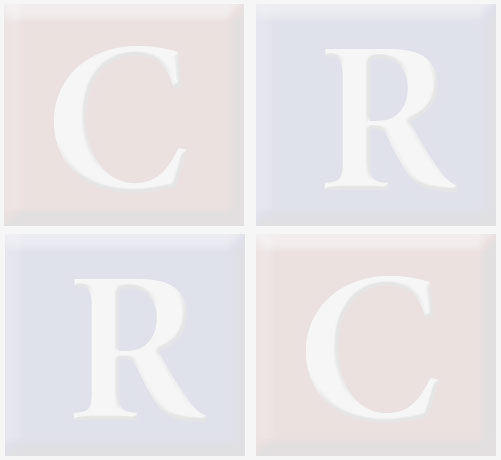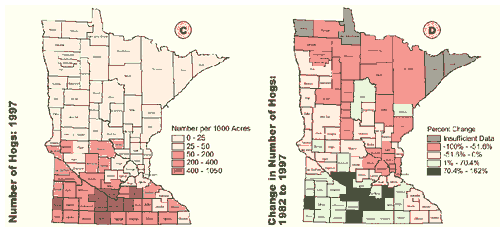
CR
Planning, Inc.
2634 Vincent Avenue North
Minneapolis, MN 55411
612-588-2637 - fax
612-588-4904
- phone
www.crplanning.com

Working with the University of Minnesota College of Agriculture, Jean Coleman, CR Planning, led teams on two projects for the Minnesota state-wide Generic Environmental Impact Statement on Animal Agriculture (GEIS). In response to the concentration of animals, the GEIS was a legislative initiative to quantify and evaluate the economic, environmental, social and health impacts of changes in animal agriculture. In phase I, Ms. Coleman led teams conducting literature reviews on land use and the role of government. The literature reviews summarized existing studies and knowledge on these issues.
In phase II, Ms. Coleman coordinated ten University teams conducting original research on various topics. Ms. Coleman also led the team researching land use and conflict. The land use team was charged with the following tasks:
• Quantifying the trends in animal agricultural production, demographics and land use in Minnesota over the past fifteen years;
• Quantifying the causes and characteristics of conflict over feedlots in Minnesota; and
• Identifying and evaluating land use regulations and conflict management techniques used by local governments in Minnesota and elsewhere to reduce conflict over feedlots.
The land use team conducted interviews with counties and townships about land use techniques and their effectiveness in reducing conflict. The team comprehensively reviewed county and township feedlot ordinances in Minnesota. Research on innovative land use tools used by local governments across the country was also undertaken. Innovative tools identified included: the creation of specialized zoning districts to encourage large scale agriculture as an economic development tool; nuisance disclaimers; and resource management easements.
The research resulted in model feedlot ordinance elements that local governments should consider if they wish to reduce conflict over feedlots. The model elements include: a participatory process for developing the ordinances; connection between the ordinances and stated community goals; identification of potential areas of conflict over feedlots; and examples of ordinance concepts that address the identified areas of conflict.
See www.eqb.state.mn.us/geis/ for a copy of this work.
Client
Contact:
Mr. George Johnson
GEIS Manager
Environmental Quality Board
300 Centennial Bldg. 658 Cedar St. St. Paul, MN
651-296-2888
Project
Partners:
U
of M College of Agriculture
U of M Department of Landscape Architecture
Professor Thomas Daniels
Carol Sersland
BRW, Inc.
GIS Group
